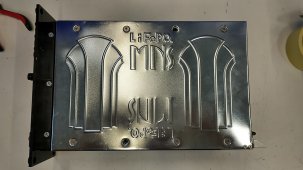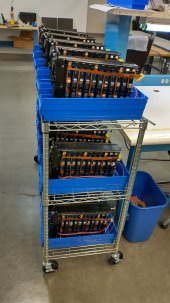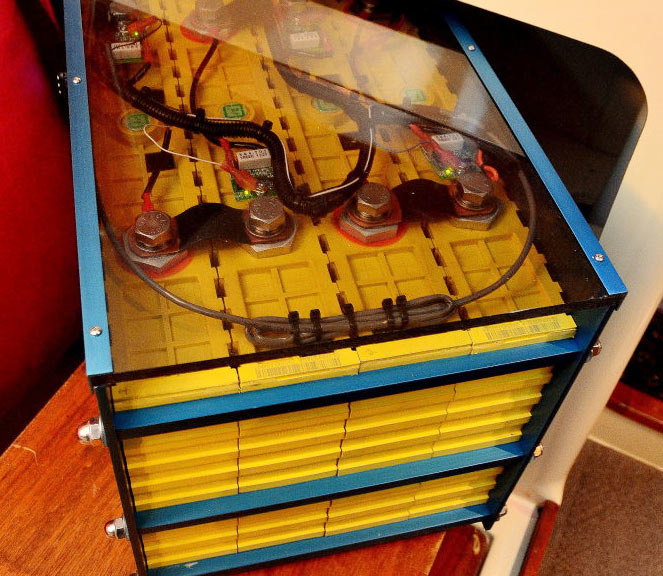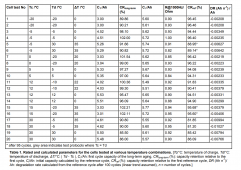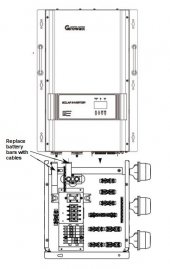SMA dropped DC coupling (was MSTE's product rebranded by them), also wind and hydro.
I'm happy with the AC coupled systems, like how they let battery charge current be regulated separately.
DC coupled can do that as well, but only some systems have that feature.
AC coupling adjusts slowly, a few seconds to command different power output. Battery has to source/sink the difference.
Not a problem for my AGM, but lithium would have to be kept below 100% SoC to accept the charge current.
I can appreciate the difficulty of getting firmware to work correctly.
I used to write self-test microcode and point-use CAD tools, but no released software products.
I like being able to wire alternative energy equipment together, would like analog interfaces for zero software.
The older SMA family of equipment has worked for me, but I've told them about bugs and they had to update compatibility chart.
New models, of course they're using more networking. I'm not using those, don't know if any issues or not.
I also use old GPIB instruments at home and past jobs. The new USB and Ethernet ones I use at work cause me more grief.
I picked up some Sunny Island Charger and bought the MSTE interface from it to Sunny Island, so I haven't used the Midnight interface to classic. I like having a 4x enclosure. Your higher wattage would be better for many applications.
I think communication with a BMS will make a better system (although I'm not using lithium at this time.)
We understand it is useful to slow charging so no cells trigger over-voltage shutdown, and leave time for balancing.
It appears if charging voltage is set at a moderate level, this can be accomplished without communication, if cells remain reasonably balanced.
But the suggestion I gave you is something I haven't seen addressed anywhere (probably is handled by the auto makers.)
We understand that lithium battery capacity will be degraded, cells eventually destroyed, if charged at excessive current while cold.
Charge controller puts out some current. Battery gets all of that if not drawn by inverter.
Some BMS provide low-temperature disconnect to prevent charging.
If somebody sets up a system with 0.5C charge capability and zero degrees C disconnect, I think they're going to wreck their battery in cold weather.
That's where you can help, without even speaking "BMS". Just offer programmable current vs. temperature.
You also have Whiz-Bang Jr., but I haven't read in your documentation what is done with the current reading. It should be used to adjust charge controller output to deliver desired charge current, while providing more current when consumed by loads such as inverter.
That may be able to respond very fast in your DC coupled system, less likely to cause BMS to trip for over-voltage.



